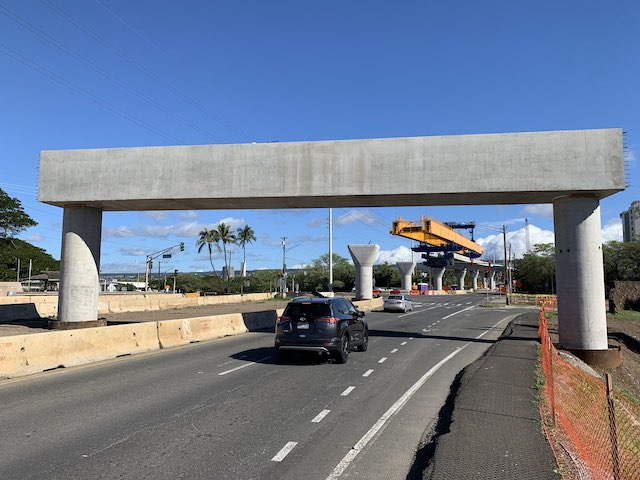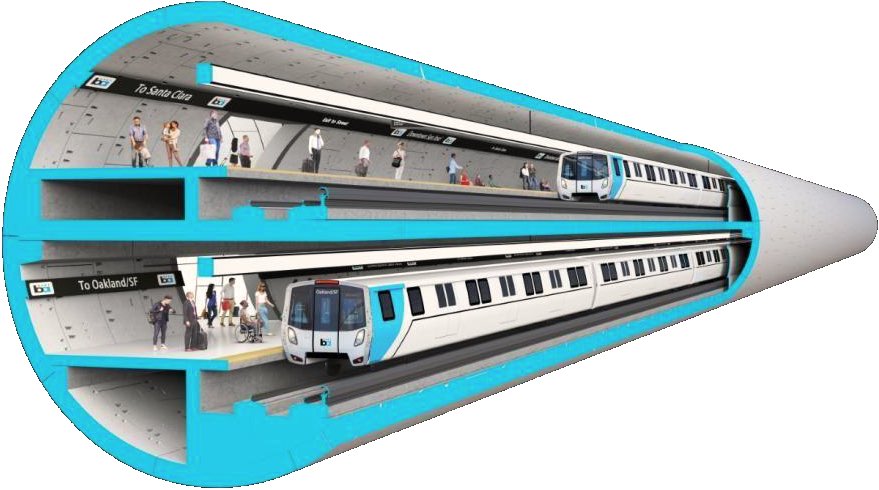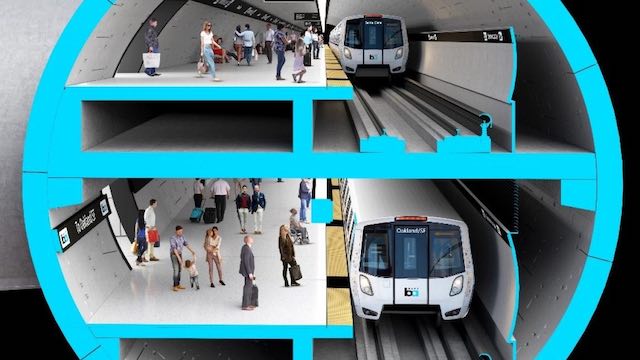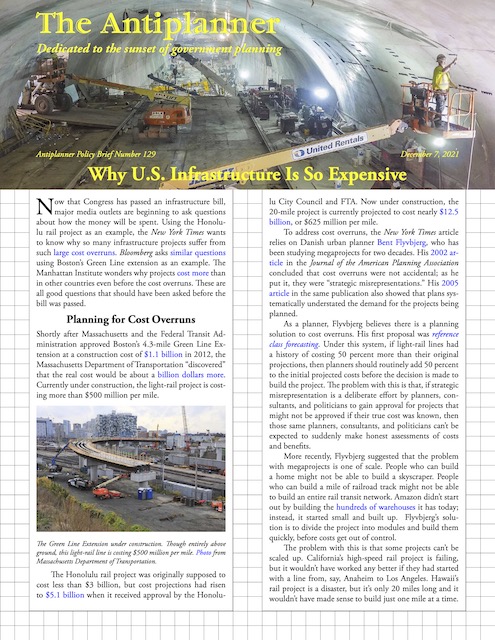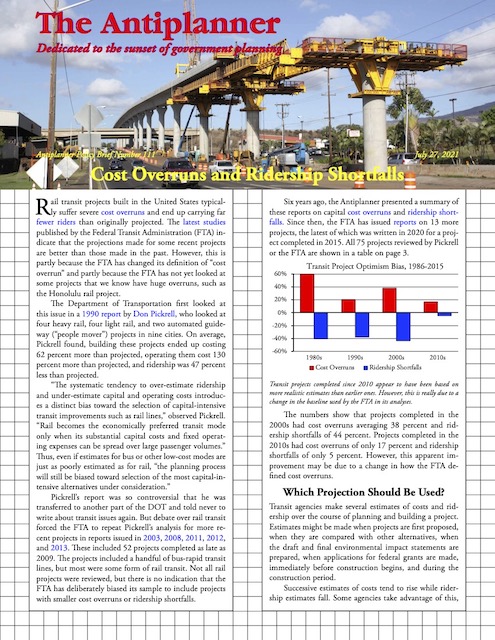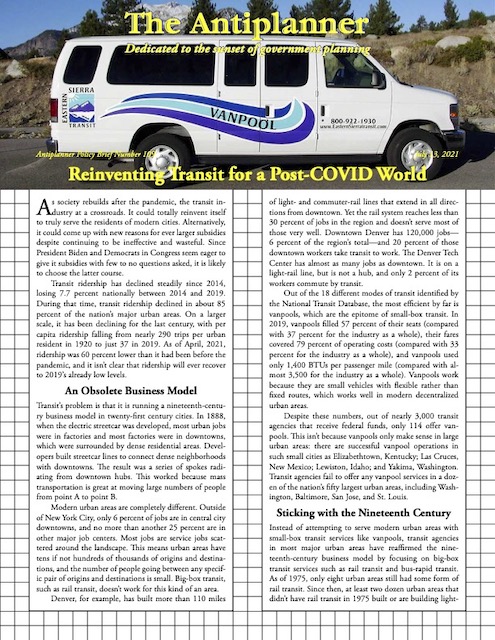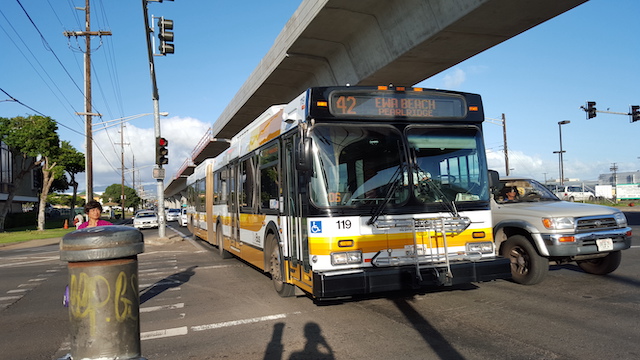The Honolulu city council wants to build a rail line. Yet many people in Honolulu think this would be a waste of money, and they are pushing for high-occupancy toll lanes, that can be used by autos and bus-rapid transit, instead. So, to cover its you-know-what, the city council plans to create an “objective panel” of five advisers who will review the alternatives and select the final plan.
Who will be on the panel? A list of people being considered includes a vice president of Bechtel, a former vice president of Siemens, a former Parsons Brinckerhoff planner, and numerous employees or former employees of various transit agencies, nearly all of which run some form of rail transit.

